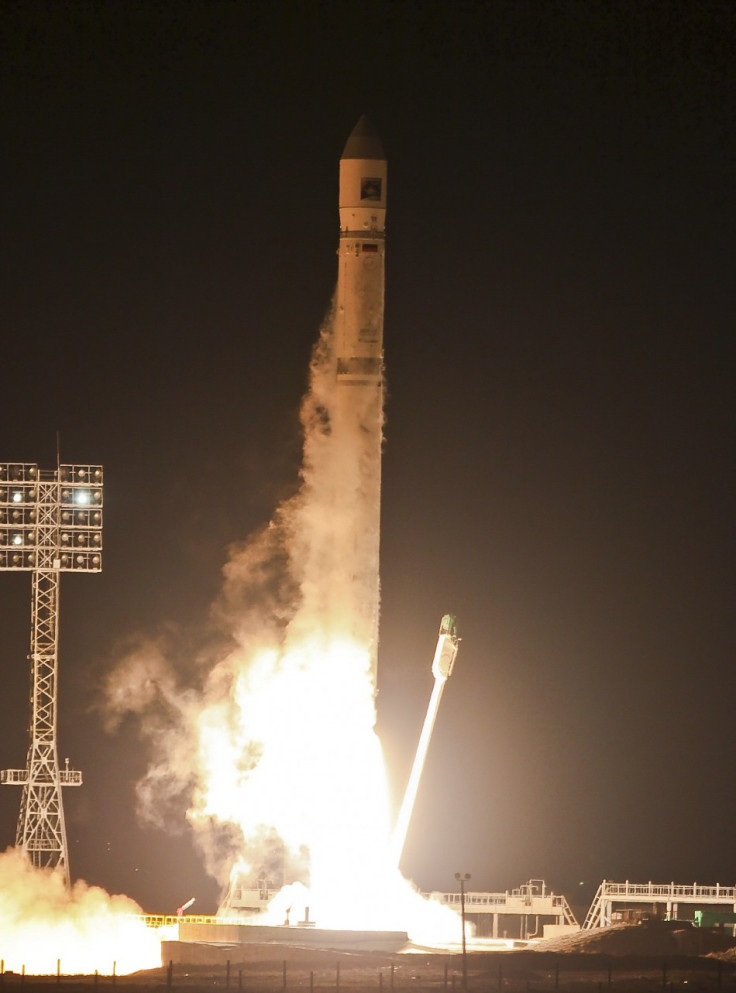Phobos-Grunt Fall Imminent: Five Facts About the Failed Mars Mission

Phobos-Grunt, the Russian spacecraft, was supposed to land on Phobos, one of the two Mars moons. The mission was sent to generate a macroscopic sample from Phobos.
The spacecraft also carried the Chinese Mars orbiter Yinghuo-1, which was slated to orbit Mars for two years. It was launched on November 9, 2011 from Baikonur Cosmodrome in Russia.
Had it been successful, the spacecraft would have returned in August 2014. However, on November 24, 2011, a Russian news agency reported that the mission failed because of a computer malfunction.
The European Space Agency (ESA) had tried to re-establish control of the spacecraft but it didn't work. On December 6, 2011, the ESA confirmed that Phobos-Grunt will crash land on earth in January 2012.
Here are some facts about Russia's failed Mars mission:
- Phobos-Grunt is set to crash land near Atlantic Ocean at 16:22 GMT either on Sunday January 15 or early Monday January 16.
- The spacecraft weighed around 14 tonnes, of which fuel like hydrazine and nitrogen tetroxide constitute 11 tonnes. The fuel is highly toxic and dangerously unstable.
- Roscosmos, the Russian space agency, said the toxic fuel will get burnt up when it reaches earth atmosphere.
- There is no possibility of water contamination
- Around 20 to 30 fragments of the spacecraft that weigh round 250 kilograms will reach the Earth's surface.
© Copyright IBTimes 2025. All rights reserved.





















